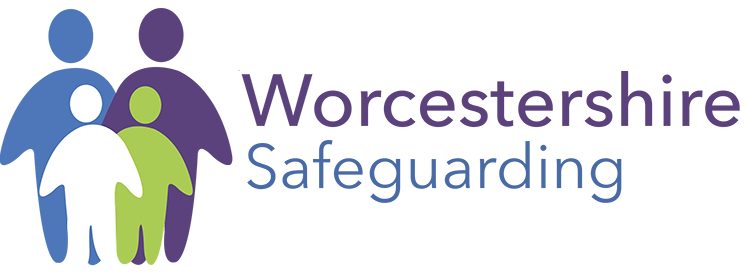Discriminatory Abuse
Discriminatory abuse is a category within the safeguarding adults policy referring to forms of abuse motivated by prejudice or bias, including against those who have protected characteristics.
It can include forms of harassment, slurs or similar treatment because of race, gender and gender identity, age, disability, sexual orientation or religion.
A very similar definition is used by the Safeguarding Adults Collection (which is the basis for data collection) who add that discriminatory abuse also links with hate crime or mate crime. However, discrimination may be a feature or dimension of any other form of abuse (e.g., neglect arising from ageist attitudes or financial abuse due to homophobic views).=
Types of discriminatory abuse can include:
- Verbal abuse, derogatory remarks or inappropriate use of language related to a protected characteristic
- Denying access to communication aids, not allowing access to an interpreter, signer or lip-reader
- Harassment or deliberate exclusion on the grounds of a protected characteristic
- Denying basic rights to healthcare, education, employment and criminal justice relating to a protected characteristic
- Substandard service provision relating to a protected characteristic
Some signs of this type of abuse can include:
- The person appears withdrawn and isolated
- Expressions of anger, frustration, fear or anxiety
- The support on offer does not take account of the person’s individual needs in terms of a protected characteristic
Link to LGA Discriminatory abuse: a briefing for practitioners

